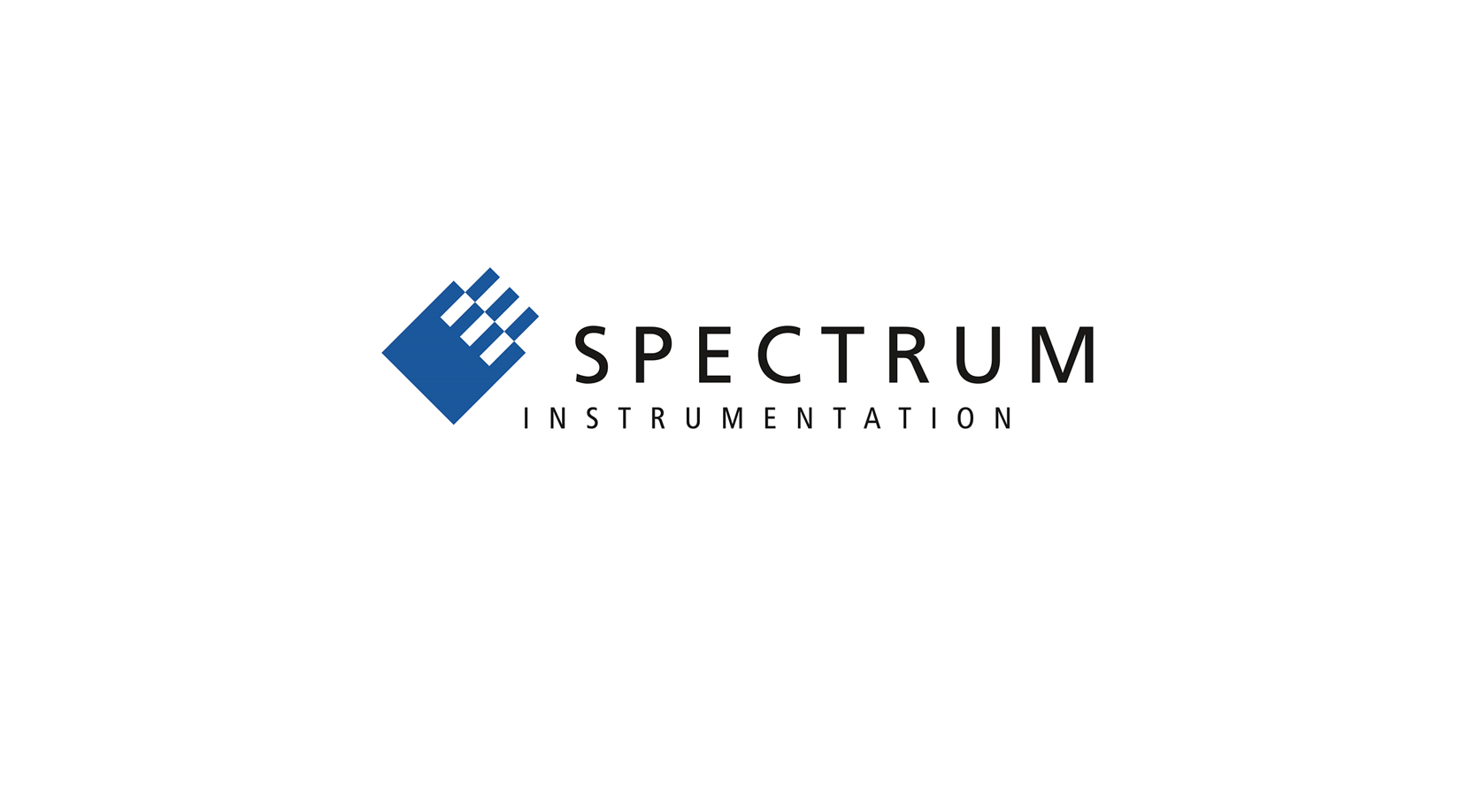Ultrafast digitizers used to identify neutrinos in huge international project

Bangalore, India –
04.09.2024. Until recently, neutrino
particles were thought to have no mass but now the theory is that they actually
have mass with a very tiny value as well as coming in three different
‘flavours’ which they can switch back and forth. Often called ghost particles,
studying them is very difficult as they typically pass through most normal
matter unimpeded and undetected, so specialist detectors have to be built to
hunt for them. The latest one is called JUNO, located 750m below ground in
Jiangmen, China, and it is made possible by 17 different countries with 730
scientists working in 74 Universities and national laboratories, that have
joined forces on this 400-million-euro project. To develop the core part of the
detector, the liquid scintillator, ultrafast digitizer cards by Spectrum
Instrumentation are used.
|
The JUNO
main detector 750m underground in a dedicated laboratory. The photo shows
the (still empty) water pool of the detector with the central scaffolding.
Inside this globe, the acrylic sphere with 34.5m diameter is placed, filled
with the liquid scintillator. The white cover just protects sensitive
components during mounting. |
|
|
|
Neutrino detection
The central acrylic sphere
contains the liquid scintillator surrounded by a layer of water. Both have to
be ultra-pure as the smallest amount of contamination could contain a
radioactive material. During construction, workers had to wear two pairs of
gloves as even the sweat from a fingerprint could contaminate and ruin the entire
project. The detector sits in a specially dug space that is 750 m below ground
to shield it from ambient radiation.
When a neutrino interacts
with the liquid scintillator (LS), it deposits the energy of the interaction
with the molecules of this substance. The enormous light output of the LS (typically
> 10.000 Photons / MeV) ensures a precise determination of the deposited
energy. It would be highly beneficial if the direction of the incident neutrino
could also be reconstructed. Here, the faint but directional Cherenkov light from
neutrino’s initial passage through the water is paired to give physicists this
information.
|
Typical light emission kinematics for a slow liquid
scintillation mixture. The Cherenkov light (red line) in form of a sharp
peak in time is followed by the slower scintillation light decay (green
line).
|
JUNO results also push
astronomy research
Beyond the work on event
reconstruction, the team contribute a calibration project to JUNO. This
characterizes the detector material using radioactive gamma and neutron sources
where the energy and incident direction are pre-determined. “Our
characterizations of the liquid scintillators are only possible because of the
ultrafast digitizer cards that enable us to work with timeframes that are
measured in picoseconds. Also, the dynamic range of 5V is much better than
rivals that are typically 1V which means they can easily manage the 3V pulses
in our PMTs that we encounter,” Meishu Lu, a PhD student in the TUM group
pointed out. And Manuel Böhles working in Mainz added, “Spectrum has been
really supportive in helping us working out the best solutions for our project
and helping resolve any issues that we encounter with a phone call directly
with one of their engineers. It’s great that they are committed to supporting
fundamental research in many universities such as ours.”
|
The
M4i.2212-x8 PCIe digitizer by Spectrum Instrumentation with 1.25 GS/s sampling
speed on 4 channels. |
About
Spectrum Instrumentation
Spectrum Instrumentation, founded in 1989, uses a
unique modular concept to design and produce a wide range of more than 200
digitizers and generator products as PC-cards (PCIe and PXIe) and stand-alone
Ethernet units (LXI). In over 30 years, Spectrum has gained customers all
around the world, including many A-brand industry-leaders and practically all
prestigious universities. The company is headquartered near Hamburg, Germany,
known for its 5-year warranty and outstanding support that comes directly from
the design engineers. More information about Spectrum can be found at www.spectrum-instrumentation.com



